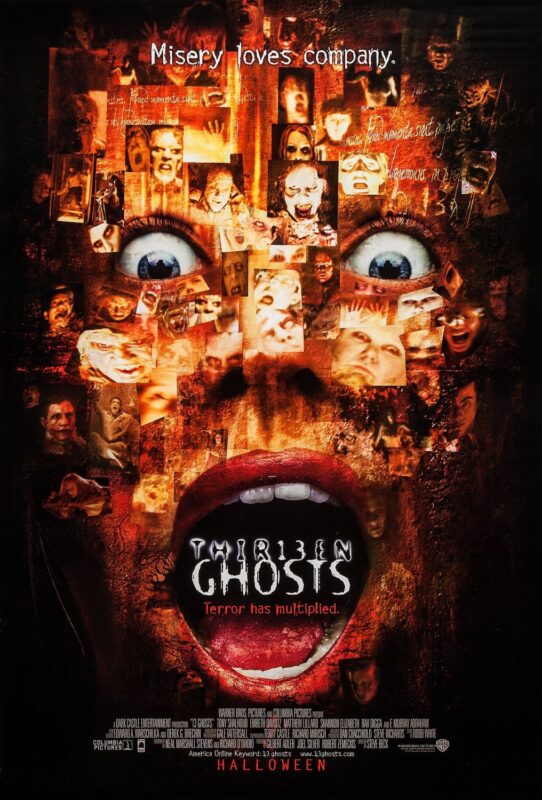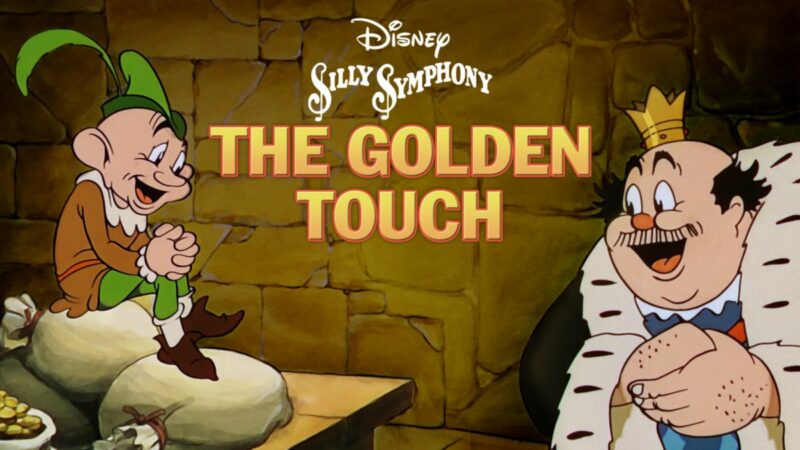
Always described in terms like “absurdist nonsense”, Holy Grail is far from nonsensical or absurd. It depicts a rigorous and orderly world. Its has bones of laws and tendons of logic. Yes, the rules it works by often strange and always arbitrary, but the characters are still forced to follow them, even when the rules are abruptly changed, subverted, or exposed as hollow and meaningless.
It’s a funny but sinister movie: characters are trapped in predefined roles and although they show some awareness of their artificial world, it’s a world they can never escape. Arthur, Lancelot, etc are checker pieces in a game that abruptly changes to chess, to parcheesi, to Mahjongg, to Starcraft II. It’s almost as much a dystopian satire as Brazil.
If the movie has a point, it’s this: “the rules we’re made to follow are all-important…until suddenly they don’t exist.” That’s an important idea in much of the Pythons’ work, and here it is the motor of the story. This dyadic structure (rule -> subversion) occurs again and again, almost too many times to count.
The Peasant. King Arthur justifies his reign with a speech about the Lady of the Lake giving him a magic sword. This is punctured by a peasant’s paraphrased observation “…but isn’t that a really stupid way to elect a leader?” King Arthur can’t answer (beyond saying “shut up!”) because the peasant’s obviously right. It is.
The Black Knight. He blocks King Arthur’s path, and ignores a royal order to step aside. Yes, Arthur fights and defeats him, yet in a weird way, this disempowers him as king. He has no authority over the Black Knight, beyond the strength of his sword arm (what would he have done if he was someone who couldn’t fight well, like a dwarf or an old man?). A king shouldn’t have to fight pointless macho duels against random subjects on the road. If he’s reduced to that, his kingship is either false or meaningless.
The Knights of Ni. Arthur goes on a long, frustrating quest to find a shrubbery, only to return and find that the people he was dealing with have disbanded, reformed under a new name, and have no intent of honoring their deal. His quest is rendered useless by bureaucracy, flipping from all important to futile.
The French. French soldiers occupy a castle on British land, and taunt Arthur for his inability to dislodge them. This further deflates his stature, because (as with the Black Knight), his kingship gives him no actual authority. People can insult, mock, or defy him, and he has little recourse except to insult them back or clumsily try to fight them—tactics of commoners, not kings. This scene has happened many times through history. Foreign colonizers arrive, establish an outpost or a trading colony, and because of a technological advantage like cannons or horses, the regional power can’t do anything. This triggers a regional power shift: the subjects learn that their king’s power was illusory. He wasn’t chosen by God, and wasn’t the last in the line of serpent people. He owned the land because he was able to defend it, and once someone with brass cannons came along, he was no longer able to defend it and didn’t own diddly-squat.
The Legendary Beast. At Castle Aarrgh, the knights are chased into a corner by a horrible monster. Things look grim…until the animator drawing the monster dies, and the monster turns into a harmless drawing (which, of course, it always was)
The Bridgekeeper’s Riddles. Knights try to cross a bridge, but are blocked by a bridgekeeper who asks unfair riddles. Several knights fail and are flung to their deaths. But then Arthur lawyers the scenario’s rules against the Bridgekeeper, gets HIM tossed into the pit, and the remaining knights cross with no further problems. This is a rare example of a character actually manipulating the logic of their world in a positive direction (although Arthur seems to have done so by accident).
So that’s the film. “The rules matter…until they don’t.”
If the Pythons have a point, it’s this: most of society’s instructions are arbitrary, and can be ignored. We could all collectively believe Britain is part of France, and it would become part of France. Often, the future belongs to the powerful and clever and mad, because they have the “hacker mindset”—they can stare past something’s surface illusion and discover its underlying interface. You can try to speedrun a game by playing it “properly” (the way the developers intended). But someone else has found a way to glitch through a wall and has already set the Any% WR.
Yes, the average Joe has to follow rules—people with big sticks tend to whack you if you don’t—but you’re a sucker if you actually believe in them. They aren’t real. They are largely made up by people who want to control you. Do not love the law: it does not love you back. Those who wave a rulebook and say “no fair! A dog can’t play baseball!” are fated to watch a dog dunk on them, over and over, forever.
I do not regard this as a nihilistic AJ Soprano film about how nothing matters. Just that our sense of the world’s shape (and of things like morality and ethics) is a judgment we should make ourselves, rather than accepting someone else’s. Viewed this way, it’s strangely ennobling. All chains are glass. We can imagine the world into new shapes.
I saw this as a kid. It enchanted me as few movies have done. I could not predict where it was going. And this gave the story, despite its surface silliness, a deep underlying realism.
At six years of age, I was noticing already that certain things always happened in movies: the good person always won, the bad person always lost, side characters often died, main characters never did, and so on. Next to these obvious commercial formulas, Holy Grail was scary. Unpredictable. It seemed ruthless and mad, the way characters just horribly died, the way the quest just seemed doomed to fail. It was like a snake in my mind for a long time. Forget the surrealist parts. For the first time, I had seen the world I lived in depicted in a movie.


